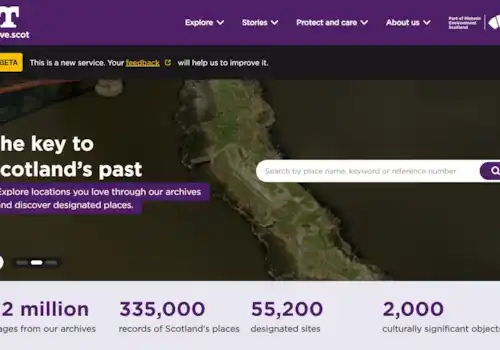06 August 2021
|
Family Tree reader and DNA Bootcamp student Gillian D. wrote in with a few queries related to her DNA research. Here we share her useful question and Michelle Leonard’s expert answer.
Gillian D. writes:
- Do haplogroups tell us more or less than the ethnicity indicators?
- Do the seemingly ‘broken’ segments (see FIGURE 1) indicate a female ancestor in common in this instance?
- Do the triangulated segments (see FIGURE 2) on MyHeritage confirm that the segments triangulated would all be on one line be it maternal or paternal, and not part of both?
Michelle writes:
About Haplogroups & your DNA
Haplogroups are different to ethnicity estimates as they provide information about our ancient origins and can reach much further back in time. Ethnicity estimates generally encompass ancestry 500-1,000 years ago whereas haplogroups can go back up to 200,000 years. Haplogroups can only tell you basic details about the ancient origins of direct paternal or direct maternal lines, however, whereas ethnicity estimates can cover a much wider range of your ancestry.
Due to the timescales involved, ethnicity estimates will give you more useful information within a genealogical timeframe than haplogroups but be very careful with all ethnicity estimates and don't take them too literally.
Pay more attention to the Genetic Communities on Ancestry and Genetic Groups on MyHeritage than the ethnicity estimate percentages.
About shared segments & your DNA
The screenshot (FIGURE 1) is from a chromosome browser. It's the view of chromosome three and simply shows two different segments that are shared with a match. These are not broken segments and not indicative of either female or male ancestors. It is simply a visual of two segments that the tester and the comparison match share with each other on that particular chromosome.
The segments could be shared on either the tester's paternal or maternal copy of chromosome 3 but only genealogical research into the family tree of the match and analysis of the shared matches between them will help you work out which side the match connects on.

About triangulated segments & your DNA
(See FIGURE 2). The automated triangulated segments icon tells you that the tester, the comparison match and the shared match all share at least one segment of DNA on the same copy of the same chromosome which means they all share common ancestors on the same line somewhere back in time almost certainly on just one side of the tester's ancestry (excepting in situations where the tester's parents are related and share DNA with each other such as in endogamous situations).









